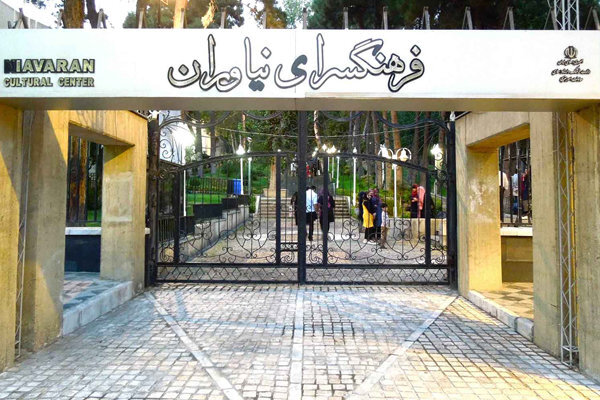Niavaran holds exhibits to mark 1979 Islamic Revolution

TEHRAN – Tehran’s Niavaran Cultural Center has held exhibitions of museum works to mark the anniversary of the victory of the Islamic Revolution, which is known as Fajr Ten-Day celebrations (this year from February 1 to 11), Mehr reported on Friday.
One of the exhibitions is dedicated to contemporary paintings by Iranian modernist artists including Bahman Mohasses, Iran Darudi, Parvaneh Etemadi, and Sadeq Tabrizi.
A collection of historical coins, dating back to the Timurid-era (1370–1507) and Qajar-era (1789-1925) are also on display.
In the photo exhibition ‘Niavaran in February 1979’, a collection of photographs shows the atmosphere of Niavaran Palace during the early days following the victory of the Revolution.
The center has also organized one-day tours describing the history and narratives of the Niavaran palace complex, from the Qajar period onwards.
The Niavaran Cultural-Historical Complex, covering an area of about eleven hectares, is composed of several landmark buildings, museums, and monuments constructed in the 19th and 20th centuries during the Pahlavi and late Qajar eras.
The history of the palace complex stretches back to about 280 years ago when Fath-Ali Shah of the Qajar Dynasty ordered for a summer residence to be built over the then countryside area of the capital. The two-story Ahmad Shahi Pavilion is one of the highlights of the complex.
The main palace of the complex was originally erected for royal ceremonies and gatherings. However, it later turned into the resident of the second king of Pahlavi king, Mohammad Reza Shah, and his family. With an area of 9,000 square meters, the palace is entirely adorned with magnificent plasterwork, mirrorwork, and tilework. Its architecture boasts a blend of pre and post-Islamic art.
ABU/AFM
